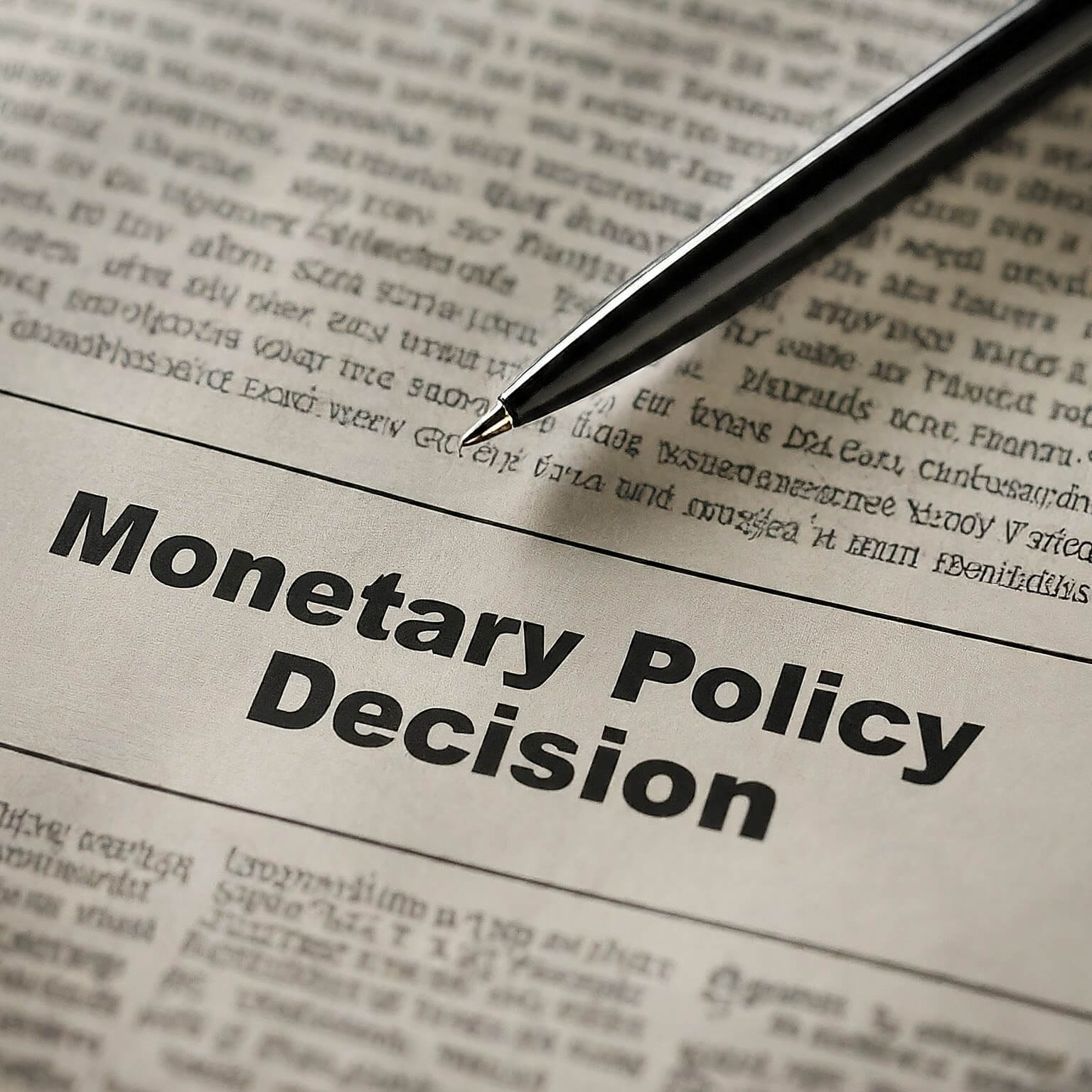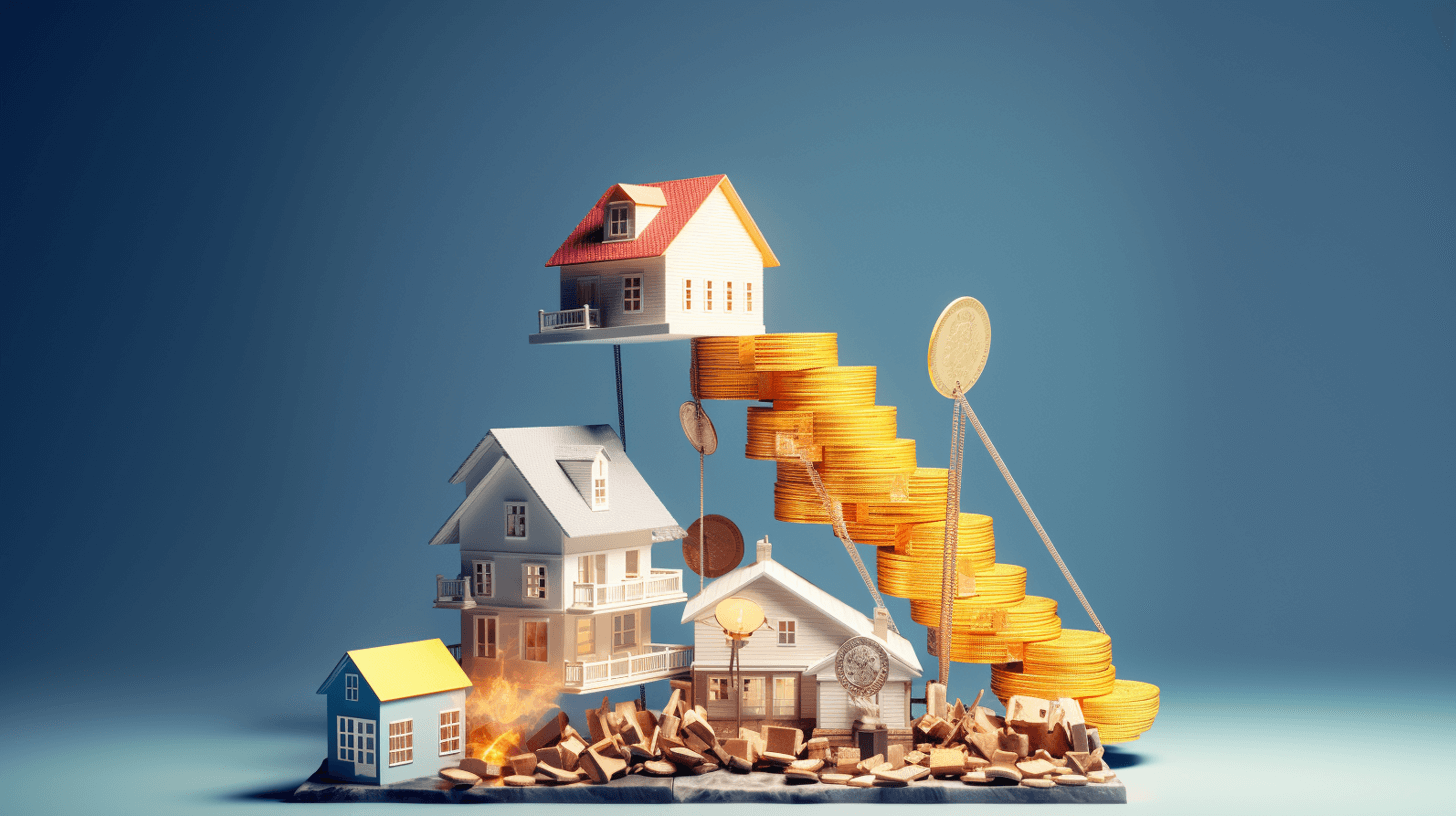
The proportion of income that households allocate to mortgage repayments is predicted to surge, according to the Reserve Bank. This will force many to utilize their savings to manage escalating living expenses.
The proportion of income that households allocate to mortgage repayments is predicted to surge, according to the Reserve Bank. This will force many to utilize their savings to manage escalating living expenses.
Recent statistics from the International Monetary Fund show Australian households allocating the largest fraction of their income to mortgages compared to other developed nations. Since the RBA commenced rate increments from a historic low of 0.1%, the mortgage repayments as a portion of disposable income shot up from 7% to nearly 10%.
Payments for households with significant mortgages consume an even more substantial portion of their income. The shift from fixed to variable rates, especially from loans initiated during the pandemic, is anticipated to push these expenses higher.
Due to steeper interest rates, many are spending less, resulting in a more languid demand for various goods and services. The retail sector, for instance, witnesses its longest slump since the global financial downturn.
The Reserve Bank estimates that the rate hikes since May 2022 have trimmed household spending by roughly 0.4%-0.8% annually. Although households saved approximately $300 billion during the pandemic, this buffer has been depleting since 2023.
While some criticize banks for not adequately adjusting deposit rates, Australian banks have surpassed their global counterparts, passing on about 75% of the rate increases since May 2022.
The quick tightening of monetary policy has had noticeable contractionary effects, as seen in the 30% drop in household borrowing capacity in recent times.






